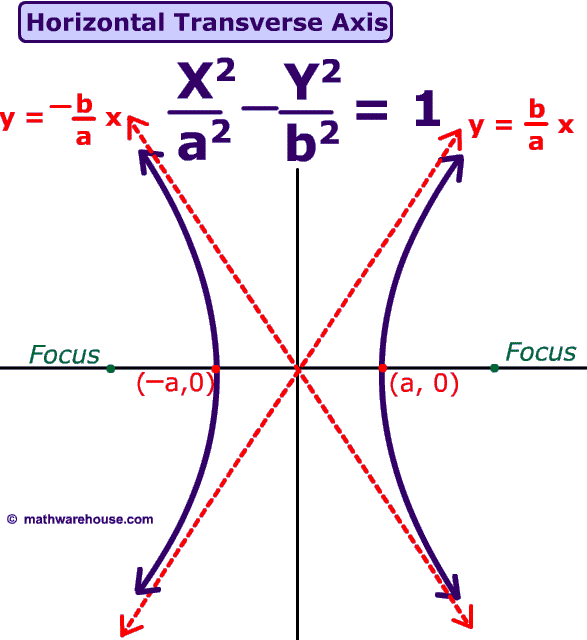A monomial is a 0 degree constant.
A 1st degree equation is a linear equation and it is known as a binomial.
A 2nd degree equation is a quadratic equation and is known as a trinomial.
A 3rd degree equation is a cubic equation and is a quadrinomial.
A 4th degree equation is a quartic equation and is a polynomial.
A 5th degree equation is a quintic equation.
Domain-X values
Range- Y values
- domain → +∞, range → +∞ (rises on the right)
- domain → -∞, range → -∞ (falls on the left)
- domain → -∞, range → +∞ (rises on the left)
- domain → +∞, range → -∞ (falls on the right)
- domain → +∞, range → +∞ (rises on the right)
- domain → -∞, range → -∞ (falls on the left)
- domain → +∞, range → -∞ (falls on the right)
- domain → -∞, range → -∞ (falls on the left)






